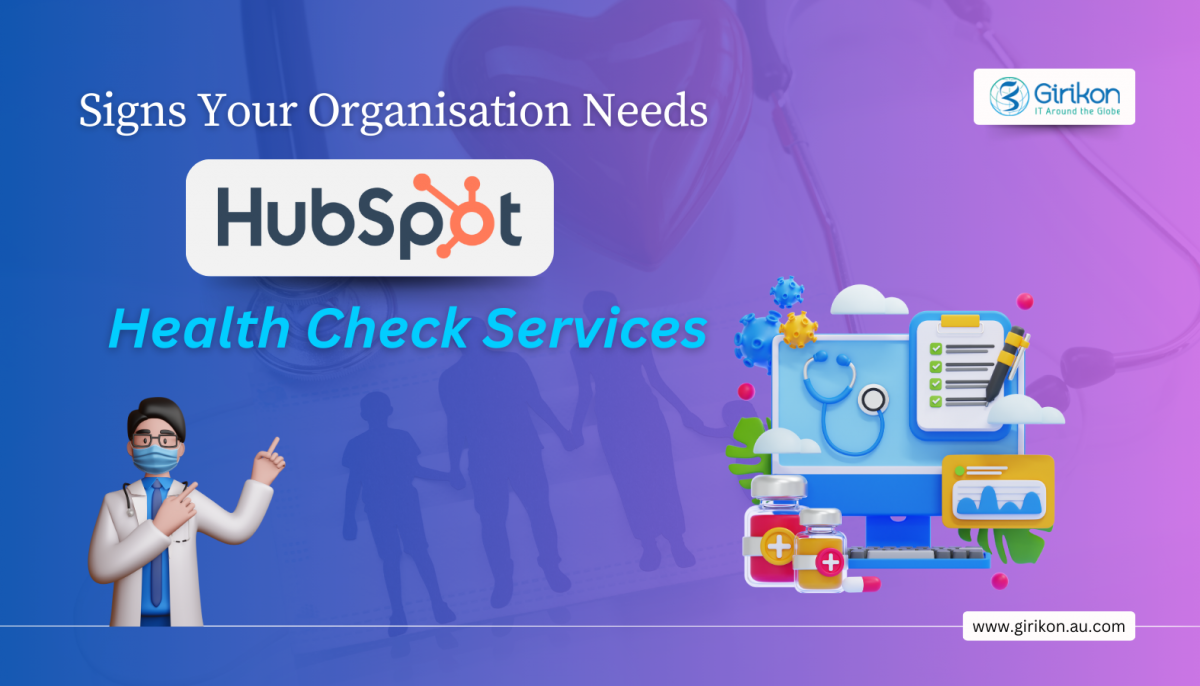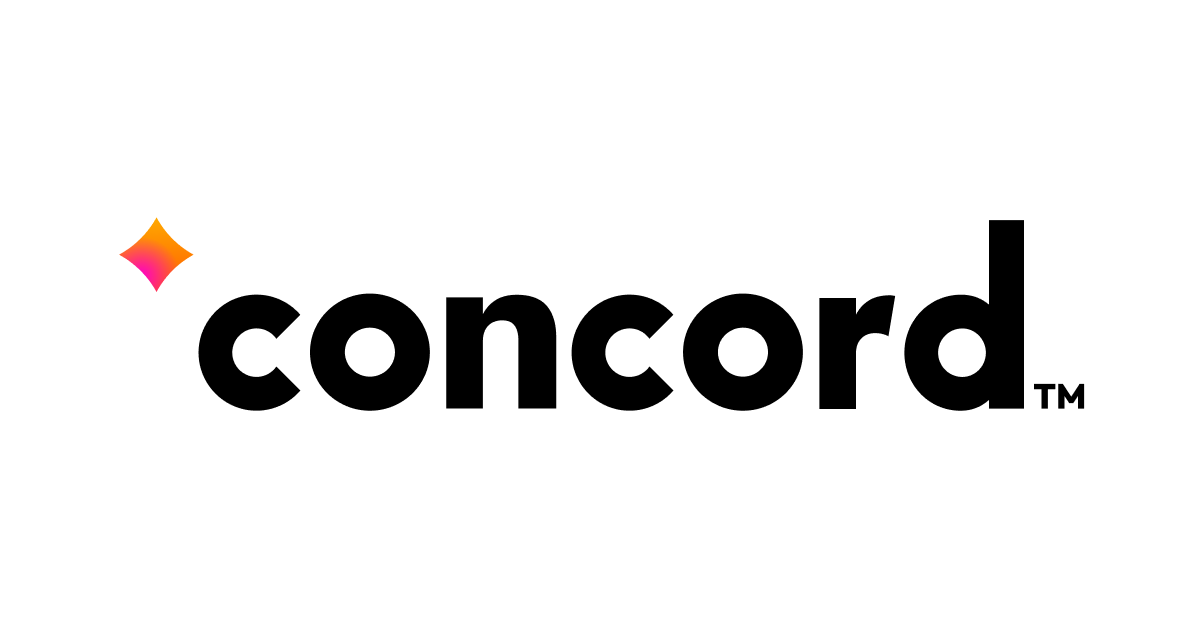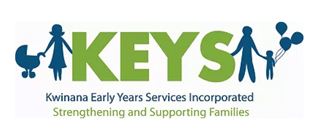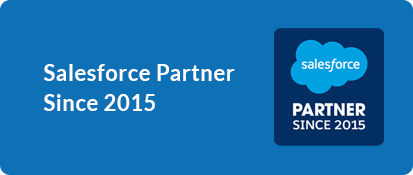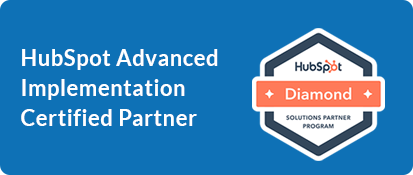Our Blogs
Marketing automation is a technology-based platform that empowers marketing teams with a set of powerful tools to holistically manage and monitor their digital marketing initiatives. Having said that, in the absence of a successful implementation, businesses are less likely to leverage the full potential of the software.
Let us understand Marketing Automation is a little more detail.
What is marketing automation software?
Marketing automation software streamlines the marketing processes that are used to support digital marketing initiatives. This includes managing and monitoring online campaigns, segmentation of target audience, user behaviour analysis, traffic monitoring, and lead conversions.
What is marketing automation used for?
Marketing automation software is designed to save time. It effortlessly automates repetitive tasks, thereby reducing human error, and helps achieve better, more efficient results. Marketing teams can focus on more strategic tasks, such as campaign design and planning, refining goals, research, measuring brand awareness, monitoring KPI metrics, and more.
Many people think email marketing automation is synonymous with the term "marketing automation." However, marketing automation does a lot more than just that. With Marketing automation software, you can streamline the following tasks:
- Lead generation, cultivation, and conversion
- Audience segmentation
- Upselling and cross-selling activities
- Customer loyalty and retention initiatives
- Campaign optimization with Analytics and reporting
- Alpha/beta testing to understand which content works best
Marketing automation software also helps in enhancing your customer data and refining customer profiles. Marketers can use this data to augment the customer experience by launching tailored, personalized experiences across digital channels.
How does marketing automation software work?
The beauty of marketing automation software is that one can easily integrate custom workflows into the software. The software using six common processes for producing results:
- Aggregate data from potential customers through multiple interaction channels – website, app, email, ads, videos, surveys, and other digital marketing touchpoints.
- Create useful and relevant content based on the data collected.
- Identify, segment and target prospective customers.
- Design campaigns to deliver personalized experiences across multiple digital marketing channels, including web, social, email, and mobile.
- Based on customer actions, schedule pre-defined triggers for activating cross-channel workflows to regenerate marketing qualified leads.
- Analyze and monitor results and re-adjust the campaigns. Understand what's not working and refine as necessary to deliver higher marketing ROI.
The adoption of marketing automation platforms has exploded over the last few years, with clear signs of businesses adopting a “go-digital first” approach. According to a recent report from Forrester, researchers forecast that by 2023, marketing automation software spending will grow to $25.1 billion annually, up from $11.4 billion in 2017.
Marketing automation software is similar to CRM software in many ways in that it’s a fantastic technology tool with tremendous power, but it’s only as good as the implementation, process and commitment behind it.
Marketing automation software is a lot like CRM software in many ways. It’s a powerful technology tool, but like CRM, it’s only as good as the implementation and the commitment behind it. And like CRM, businesses are wowed by its capabilities, but when it comes to putting the right plan and process in place to ensure its success, they fail to do so.
Here are 8 tips to recognize the potential pitfalls that come with implementing marketing automation and help you to ensure your company starts off on the right path.

1. Define goals and requirement upfront
Before you go ahead with implementing marketing automation software, it is essential to define what requirements you have from the software and identify what business goals you wish to achieve. Depending on the scale of your business, marketing automation can replace existing tools (paid or free) that you may already be using for your digital marketing activities.
One of the key benefits of marketing automation software is that it works as an all-inclusive solution for online marketing; so you can consolidate your tools to not only bring inefficiency of your processes but can also reduce the expense of the software.
2. Choose the right marketing automation solution
Once you have established your requirements and defined a budget, it’s important to choose the right marketing automation software that you want to work with. The marketing automation industry is a crowded space these days and it will only get more and more cluttered going ahead, with many viable options available. So, what exactly should you look for and on what basis should you evaluate potential options?
Here are 5 primary criteria to consider:
Feature set
Most marketing automation platforms come with a similar set of tools, such as automated processes, website traffic tracking and analysis, lead scoring, etc. Look for a solution that meets your unique requirements. Make sure that you aren’t paying for a stack of features you don’t really need.
Ease of use
Usability is an important selection criteria. The solution you select should have an intuitive interface that makes it easy for marketers to do what they want to do. Every software has its own way of doing things. Do thorough research on what’s available and home in one that will require the least amount of training.
Integrations
Most marketing automation platforms can integrate with a variety of 3rd party systems such as Salesforce, AdWords etc. Discuss with your marketing teams and identify what integrations are vital to them and select the platform that has a strong integration with those systems
Support
Regardless of what your requirements are, it is paramount that you choose a marketing automation platform with best-of-breed support. You want to make sure that you select a supplier that stands behind their product and treats all customers—from the smallest entry-level account to a large enterprise—with the same level of committed customer service and support.
Pricing
The pricing models of marketing automation platforms vary significantly. Some may appear to offer significantly lesser pricing than others, but when you add up upfront costs for training and implementation, and other features that are “opt-ins,” the price goes up considerably. Make sure you are thoroughly aware of all costs, and consider budgets for a long term period – typically 1-2 years. Be sure you consider any lock-in periods. You don’t necessarily want to be locked in for a long-term commitment. It is also equally important to know what is your exit strategy? If the platform doesn’t work as intended for you, what’s the cost of exit?
3. Understand what it’s going to take for implementation
Once you’ve made a selection, it’s important to understand what it’s going to take to implement the selected solution. This includes your budget of course, but you also need to make sure you have the relevant internal resources in place to adopt it. In many cases, hiring an external consultant works well to help with planning and implementation.
Another important aspect to consider is how your organization’s culture will need to change or adapt in order to achieve improved marketing results. Marketing automation blurs the lines between territories of marketing and sales, so it will help you to understand the implications of that in the long run.
4. Put a plan and process in place
Having a solid strategy and plan in place is absolutely critical to the success of your marketing automation implementation. Work closely with your marketing teams to understand the core objectives and goals and together. Document a clear roadmap with milestones and metrics before rolling it out. Here are some things you may want to consider in your planning:
- Identifying the admins, users and rules for managing the platform
- Working with marketing teams to define what constitutes a qualified lead
- Determining how the platform will integrate with other third party systems
- Migration of contacts, with user preferences from your current email platform
- Integrating lead generation forms on your website
- Set up and configuring subscription management
- Set up website visitor tracking
- Designing email and landing page templates to align with your brand
There’s a lot more that goes into planning. Make sure your marketing automation vendor and/or implementation partner assists you with a check list to guide you in your planning.
5. Start simple and evolve
You might be tempted to start using all of the exciting tools and features you’ll have at your fingertips. However, it would be wise to start by deploying what you’re currently doing and then gradually add other features once your users have engaged with the platform and developed confidence in it. Start simple with your current use cases and build out as you go, learning and evolving from the reports and analytics, adjusting and refining your efforts based on your experience.
There is no need to feel obligated to utilise every possible feature of your marketing automation platform just because it’s there and you’re paying for it. Rome was not built in a day!
6. Consider bringing in a consultant
It might be worth considering bringing in external help to assist you with your implementation. Most companies hire an external consultant or implementation partner for their CRM implementation, and while marketing automation is perhaps a less complicated process, it does require expertise, skills and experience that you may not have in-house.
A qualified partner or agency can not only provide the necessary expertise and guidance needed for planning and implementation but can also help you with marketing strategy and campaign development along the way. Irrespective of the marketing automation platform you select, most of them have similar partner programs and can suggest a relevant and experienced partner for you to work with.
7. Train your staff
Your marketing teams must understand the value of a marketing automation solution, what it does, and how it can be beneficial. Work with your implementation partner or consultant to train your staff on how to use the features of the platform. Get them to organize the repetitive tasks into workflows so that they can focus on other core activities like campaign management, lead scoring and customer satisfaction.
8. Review marketing automation results regularly
It is vital that you monitor your investments and assess results. Using the analytics you collect from your marketing initiatives will assist you with making the necessary changes to maintain alignment with your core business goals. Your business is unique and so should be the marketing software you use. Monitoring results on a regular basis and evolving as you go will help you to stay ahead of the curve.
Girikon is a Gold Certified Salesforce Implementation Partner that provides expert guidance and support throughout the client’s growth journey. Get in touch with one of our experts today to know more about how we can help you.

 +61-1300-332-888
+61-1300-332-888 +1-480-382-1320
+1-480-382-1320
